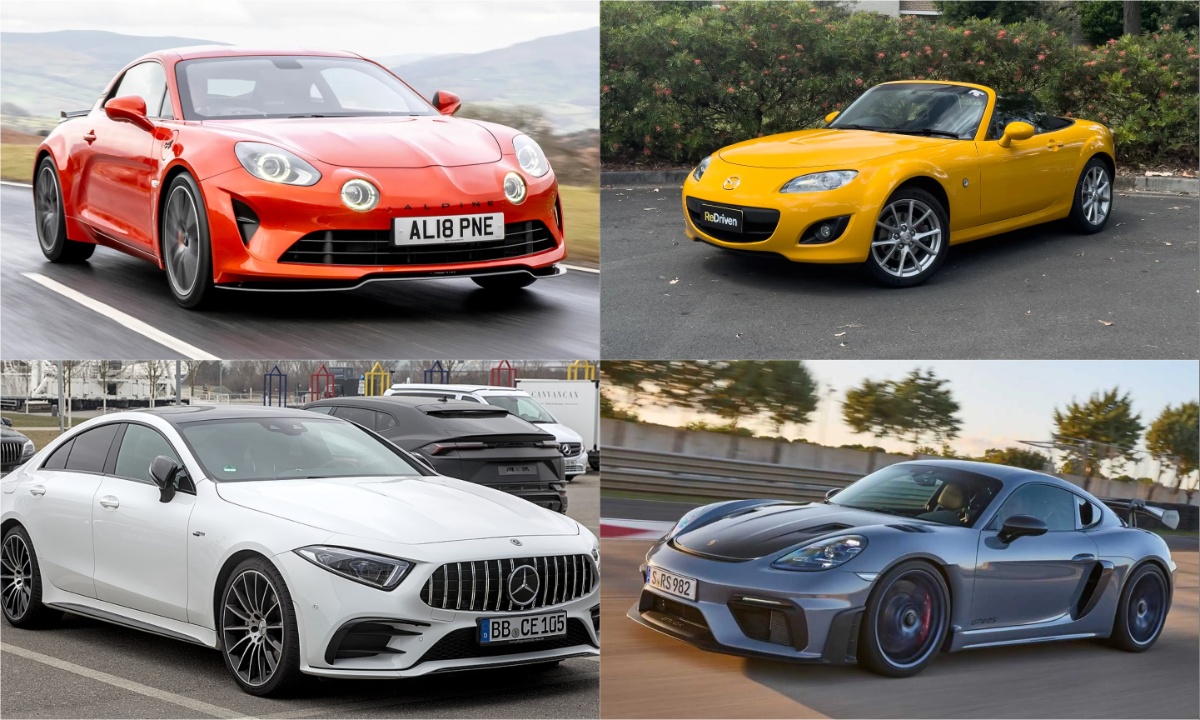In the past, the term ‘classic car’ often evoked images of aging enthusiasts driving MGBs to a quaint village pub, avoiding any association with modern vehicles. Traditional car publications were hesitant to embrace newer models as classics, while dedicated classic car enthusiasts resisted anything perceived as contemporary.
However, with increasing concerns over electric cars, clean air zones, and speed cameras, enthusiasts are now converging on a new category: the modern classic. Defined by rarity, nostalgia, and relative affordability, these cars represent a new era of collectibility and driving enjoyment.
Modern classic cars do not fit a strict age bracket but are generally considered to be from the 1980s to the early 2000s. According to Ed Callow from Collecting Cars, these vehicles represent the ‘democratized’ side of car collecting, offering enthusiasts an entry point into performance and heritage without the stratospheric prices of traditional classics.
While definitions may vary, modern classics often blend cutting-edge design of their time with the raw driving experience lost in contemporary vehicles. For this list, we focus on cars post-2000 that have cemented their place in modern classic culture.
1. Porsche Cayman
The Porsche Cayman is a well-balanced, mid-engined coupe that many enthusiasts consider an alternative to the 911. Offering an engaging driving experience with a precise six-speed manual transmission, it provides thrills in a more accessible package.
The Cayman S features a 3.4L engine derived from the 911, delivering an excellent power-to-weight ratio. While automatic versions exist, early Tiptronic models are best avoided due to sluggish shifting. However, maintenance costs, including potential bore scoring issues, can make ownership expensive.
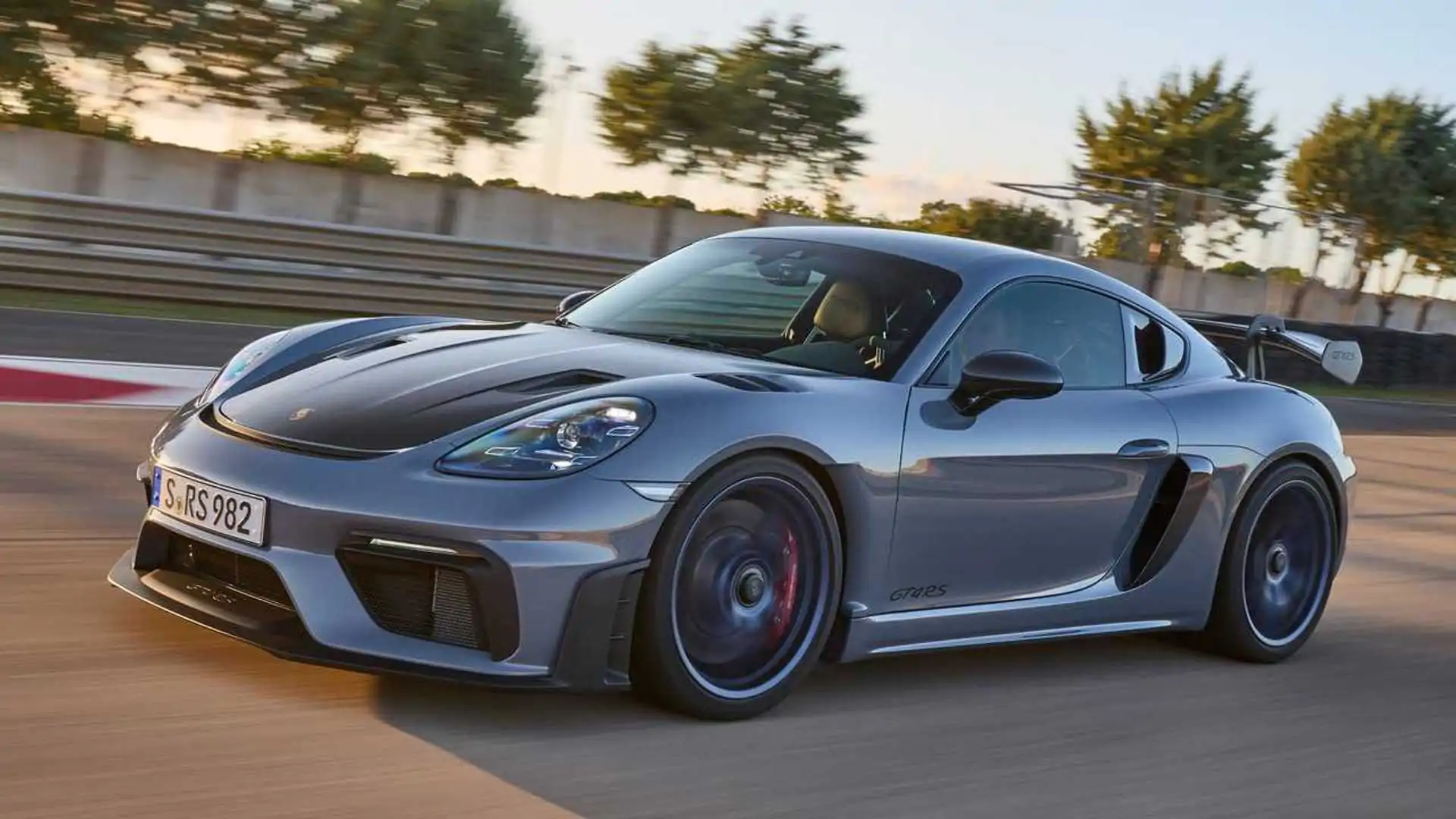
2. Mercedes CLS
As one of the pioneers of the ‘four-door coupe’ trend, the Mercedes CLS made waves with its elegant yet aggressive design. Based on the E-Class, it combines luxury and performance with powerful engines and a smooth seven-speed automatic gearbox. Standard features include part-leather trim, climate control, and adaptive cruise control. While CLS models are now relatively affordable, potential pitfalls include costly repairs, especially on early petrol models with balancer shaft issues.
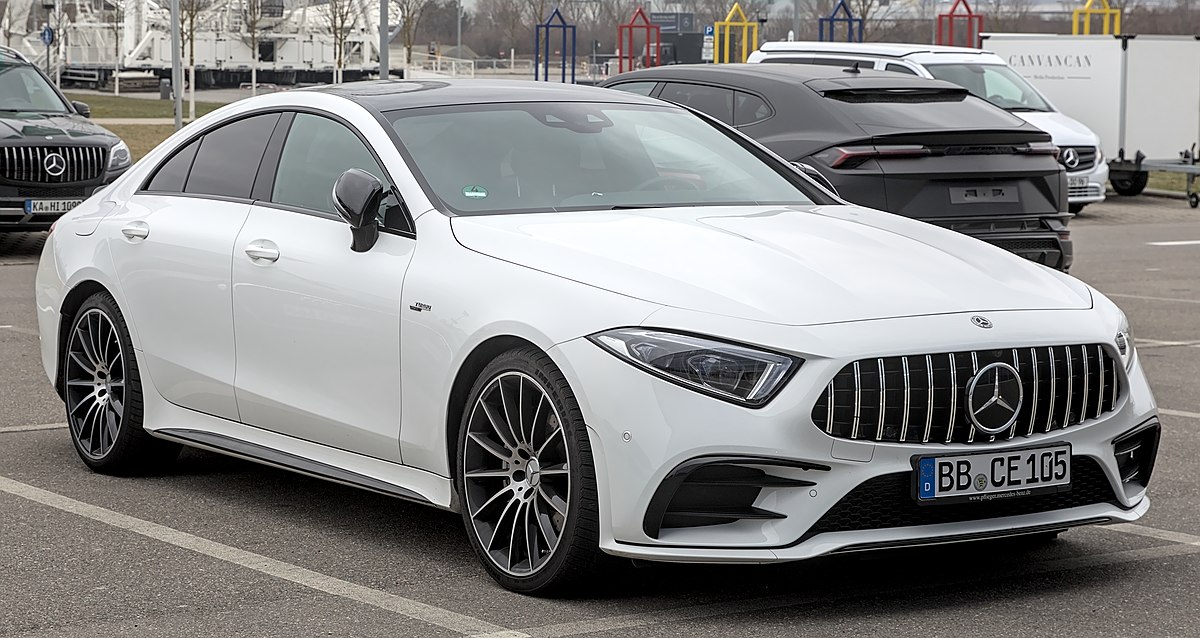
3. Ford Fiesta ST
A hot hatch with an excitable turbocharged 1.6L engine, the Fiesta ST delivers performance and practicality in equal measure. The chassis is well-balanced, the manual gearbox crisp, and the steering sharp, making it one of the most enjoyable budget-friendly performance cars available.
However, many have been modified or driven hard, making careful inspection crucial. Some models suffer from gearbox issues due to aftermarket flywheel swaps, and the rare ST200 edition offers a slight power bump for collectors.
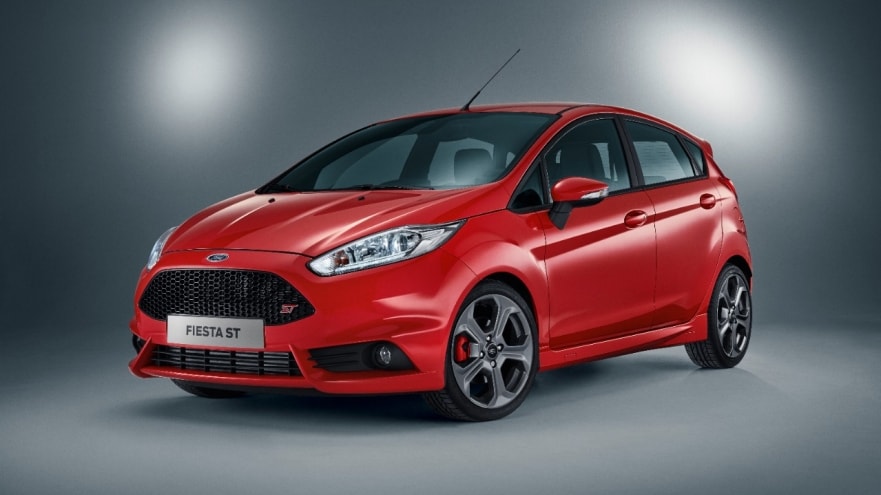
4. Mazda MX-5 (NC)
The third-generation Mazda MX-5 (NC) offers a more refined experience compared to its predecessors while maintaining the brand’s hallmark driving dynamics. The 2.0L version includes a limited-slip differential, adding to its appeal. Though some purists find it too polished, the NC generation has gained favor due to its reliability and improved build quality over the rust-prone NA and NB models. However, rust remains a concern, and the 1.8L engine lacks the punch of the 2.0L.
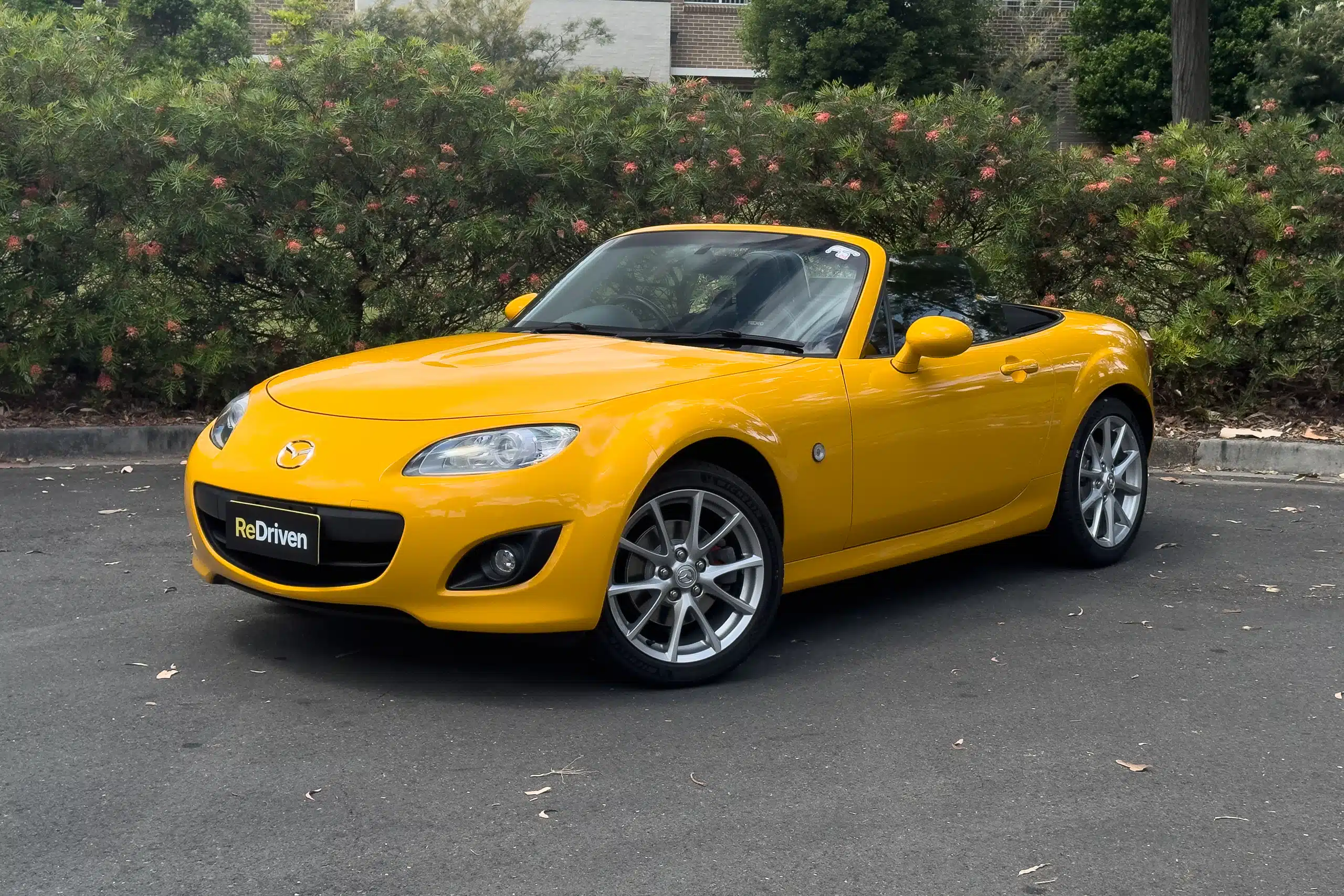
5. Jaguar XK
Designed by Ian Callum, the Jaguar XK is a grand touring coupe that combines luxury and muscle with a range of naturally aspirated and supercharged V8 engines. Post-facelift models feature a 5.0L V8 with improved performance and refinement. The XK is relatively comfortable for long journeys, but potential issues include its ‘sealed-for-life’ automatic transmission, which actually requires servicing. Jaguar’s active suspension system is also prone to expensive repairs.
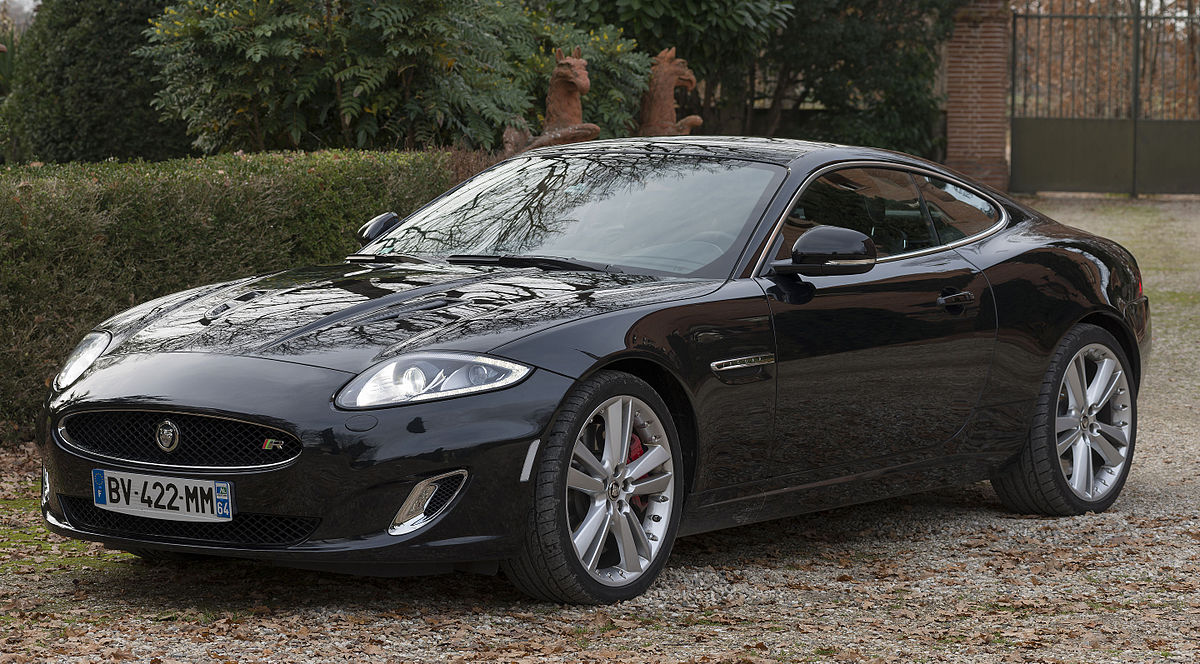
Also Read: 10 Best Muscle Cars That Are Now Worth a Fortune and Still Rising in Value
6. Lotus Elise (Series 2)
The Lotus Elise is one of the most celebrated lightweight sports cars of all time. Early models featured the Rover K-series engine, notorious for head gasket failures, but from 2004 onward, Lotus switched to Toyota’s reliable 1.8L powerplant. The Elise is a no-frills driving machine with minimal interior comforts, but it demands regular maintenance and can be tricky to handle in wet conditions.
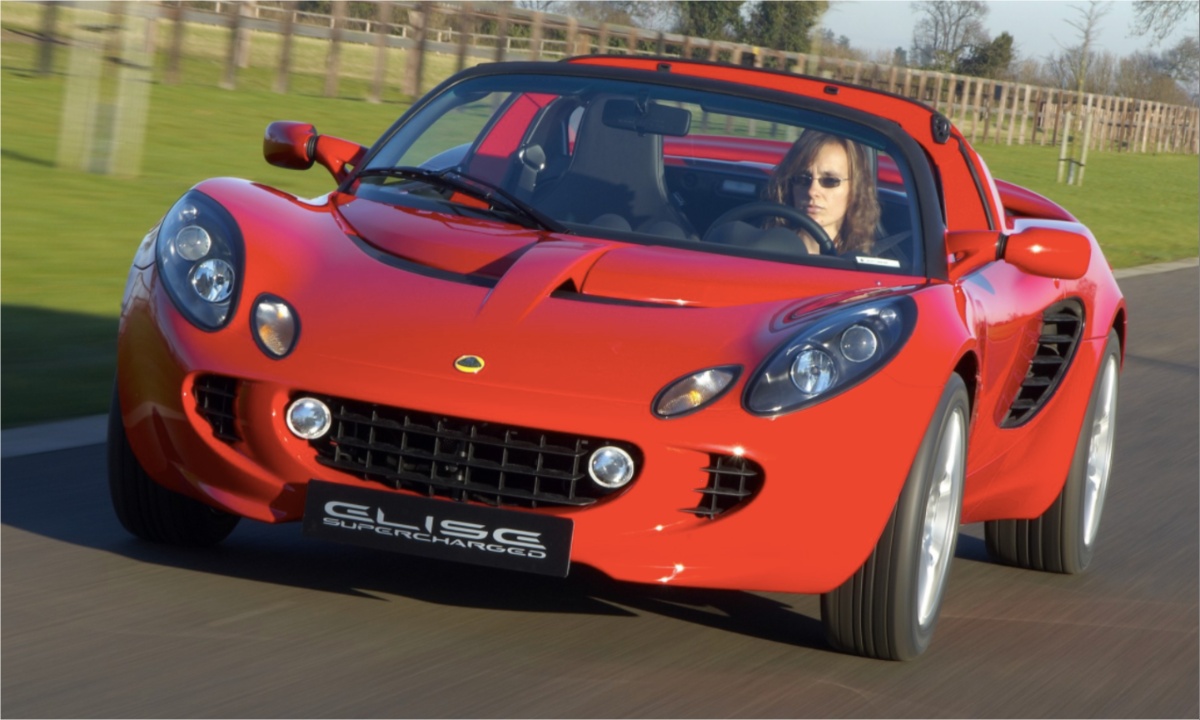
7. Porsche 911 (996 Generation)
The first water-cooled Porsche 911, the 996 generation remains one of the most affordable entry points into 911 ownership. While it lacks the air-cooled charm of earlier models, it delivers strong performance with a range of naturally aspirated and turbocharged engines. Mezger-engine-equipped models, such as the Turbo and GT3, are especially desirable. However, potential issues like IMS bearing failures and bore scoring make a thorough pre-purchase inspection essential.
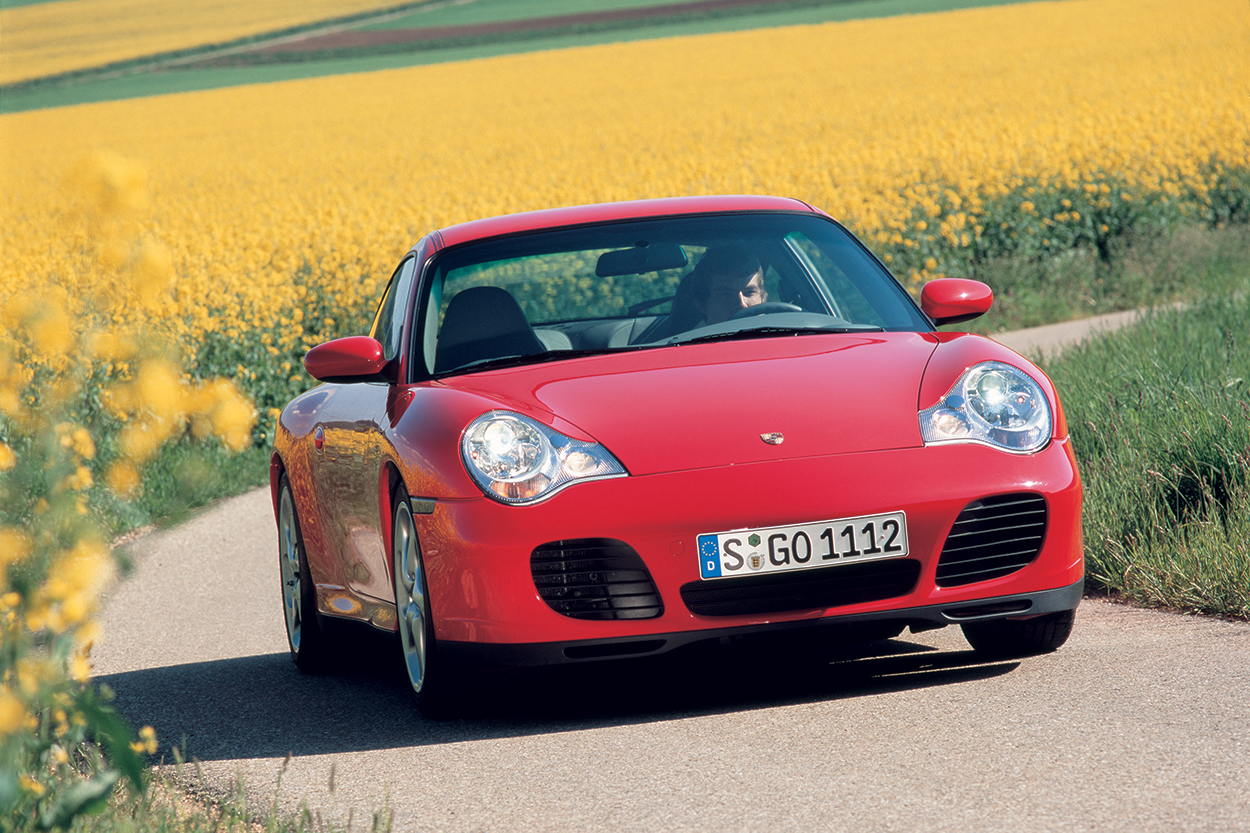
8. Alpine A110
A modern reincarnation of a rally legend, the Alpine A110 combines a lightweight chassis with a turbocharged four-cylinder engine to deliver a sublime driving experience. With sharp handling and a distinctive personality, it offers an alternative to traditional sports cars like the Porsche Cayman. While still in production, its future collectibility is promising due to its niche appeal and limited availability. Downsides include a lackluster interior and a small dealer network.
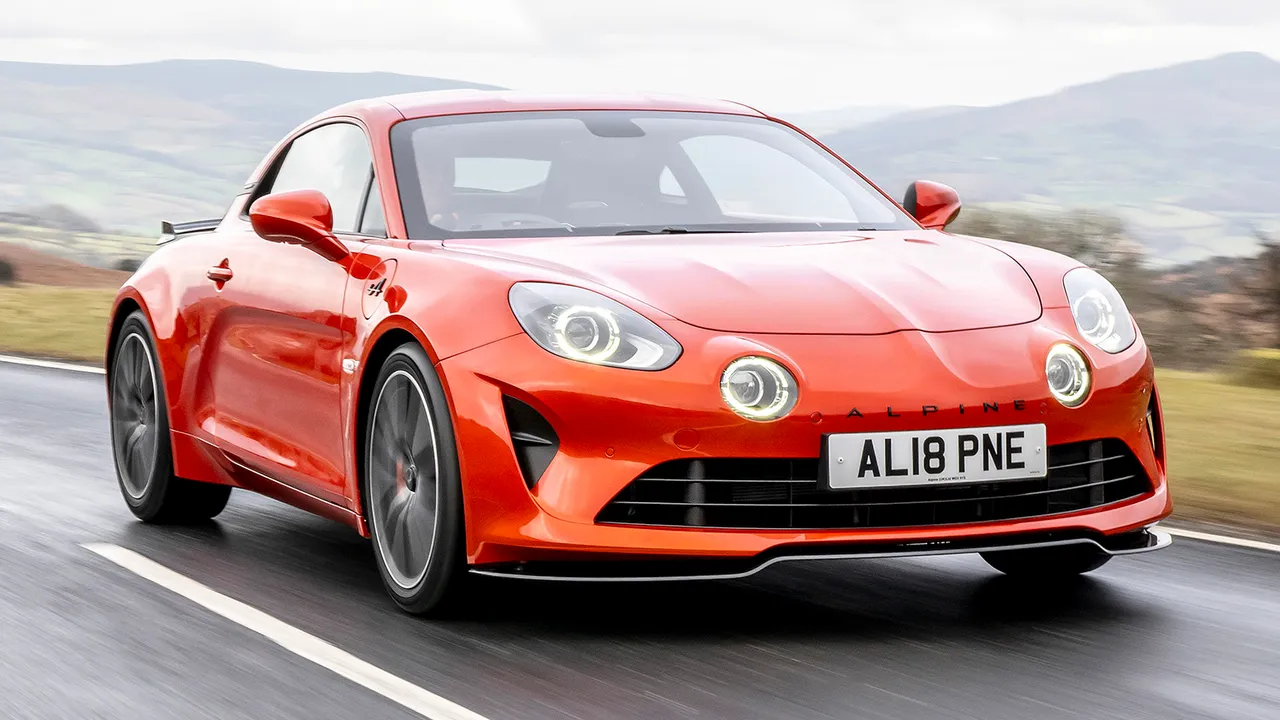
9. TVR Tuscan
A raw, thrilling sports car with a unique straight-six engine, the TVR Tuscan is a blend of madness and beauty. Known for its unpredictable reliability, it requires careful ownership, with most examples featuring extensive upgrades or rebuilds. The 3.6L and 4.0L Speed Six engines offer exhilarating performance, but maintenance can be expensive, and past owners’ enthusiasm may have led to excessive wear and tear. Despite this, the Tuscan remains a sought-after modern classic.
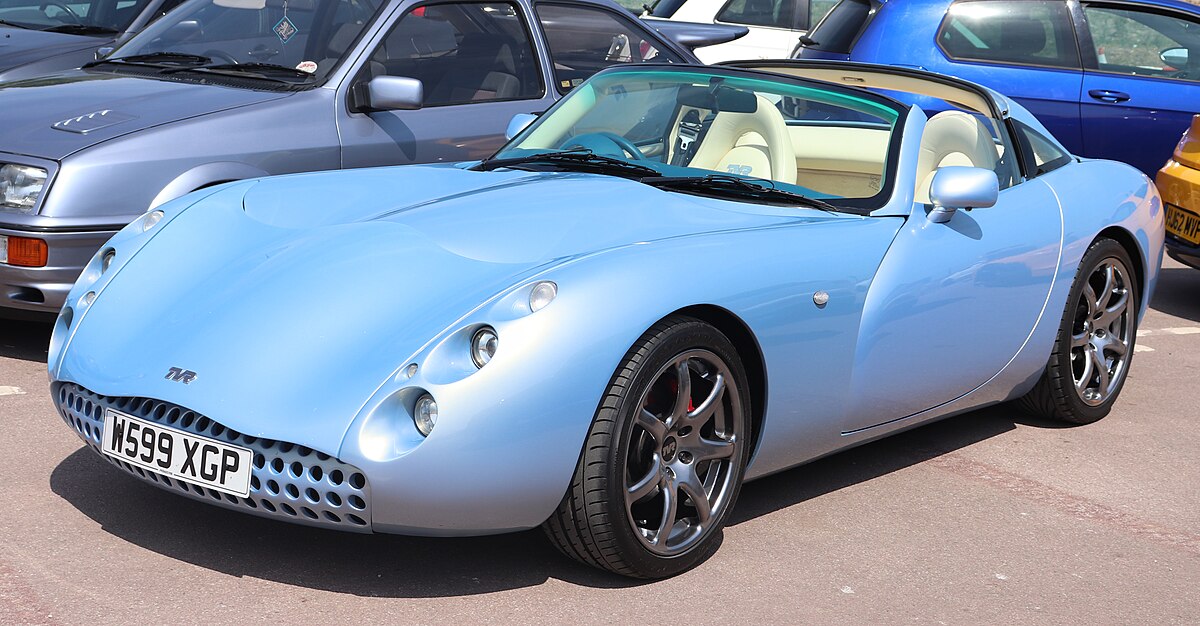
10. Range Rover (L322 Generation)
The L322 Range Rover is one of the most versatile luxury SUVs, equally at home in the city or on rugged terrain. Originally launched with BMW engines, it later featured Jaguar-Land Rover powertrains, including a potent supercharged 5.0L V8. While its off-road capability and luxury features are appealing, common failures include turbo issues in diesel models and overheating problems in BMW-powered variants. Running costs are high, but for those seeking a luxury workhorse, few vehicles compare.
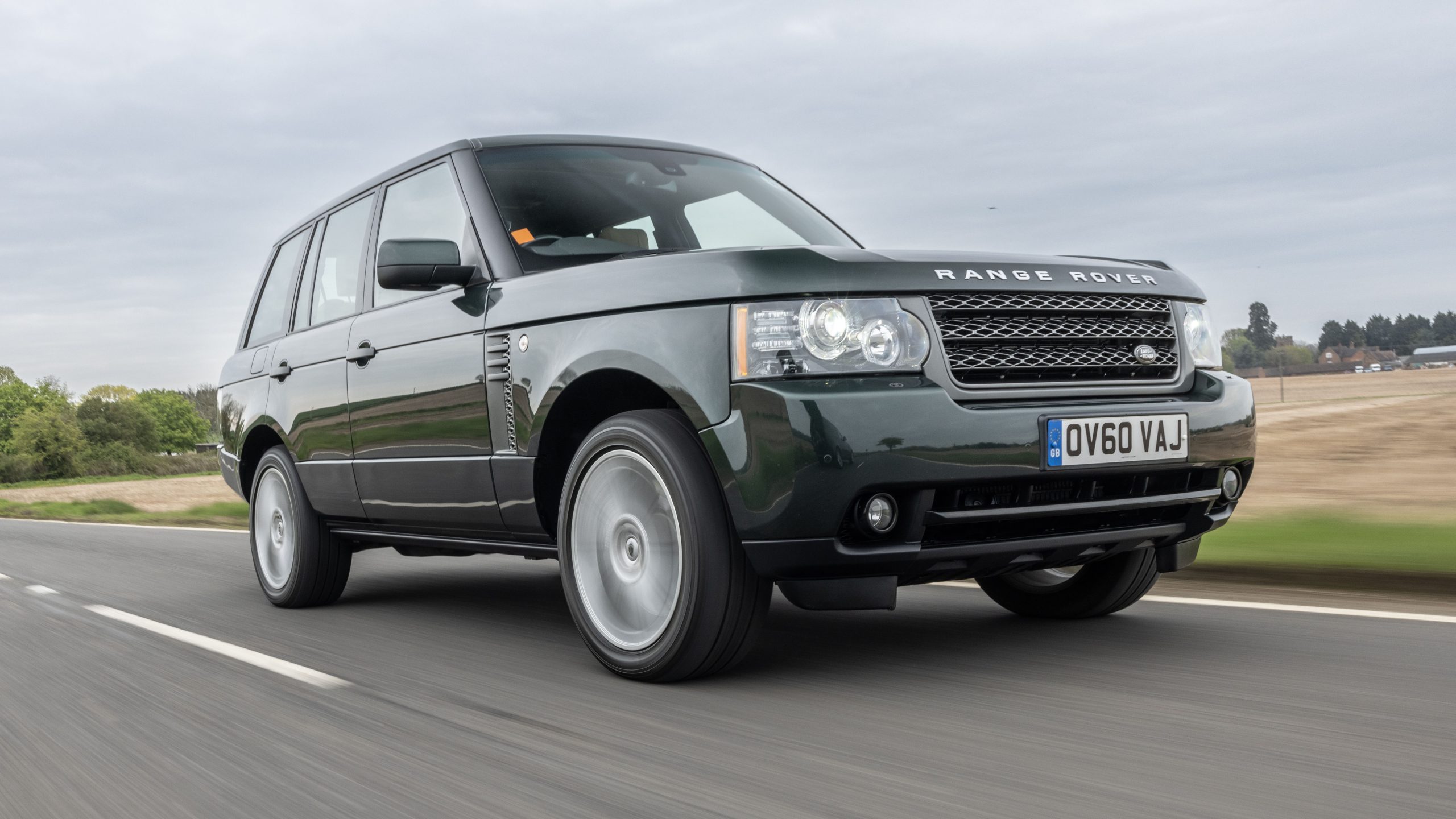
Modern classic cars offer an enticing blend of nostalgia, character, and relative affordability. They provide the analogue driving experiences that newer models often lack, with engaging handling, expressive engine notes, and a tangible connection to the road. Additionally, they frequently appreciate in value, making them an attractive investment.
However, they also come with challenges: higher maintenance costs, potential mechanical failures, and the difficulty of sourcing parts for rarer models. While some vehicles, like the Porsche Cayman and Ford Fiesta ST, remain relatively affordable to maintain, others, such as the TVR Tuscan and Jaguar XK, require deep pockets for upkeep.
The rise of the modern classic car signifies a shift in how enthusiasts perceive collectibility and driving enjoyment. As emissions regulations tighten and electric vehicles take over, these cars stand as a bridge between the analog past and the digital future.
Whether it’s a Porsche Cayman’s precision, a Mercedes CLS’s elegance, or a Range Rover’s versatility, modern classics offer something for every enthusiast. While ownership comes with its share of challenges, for those willing to embrace their quirks, these cars represent the best of a bygone era.
Also Read: 10 Best Classic American Cars of All Time That Defined Innovation and Culture

